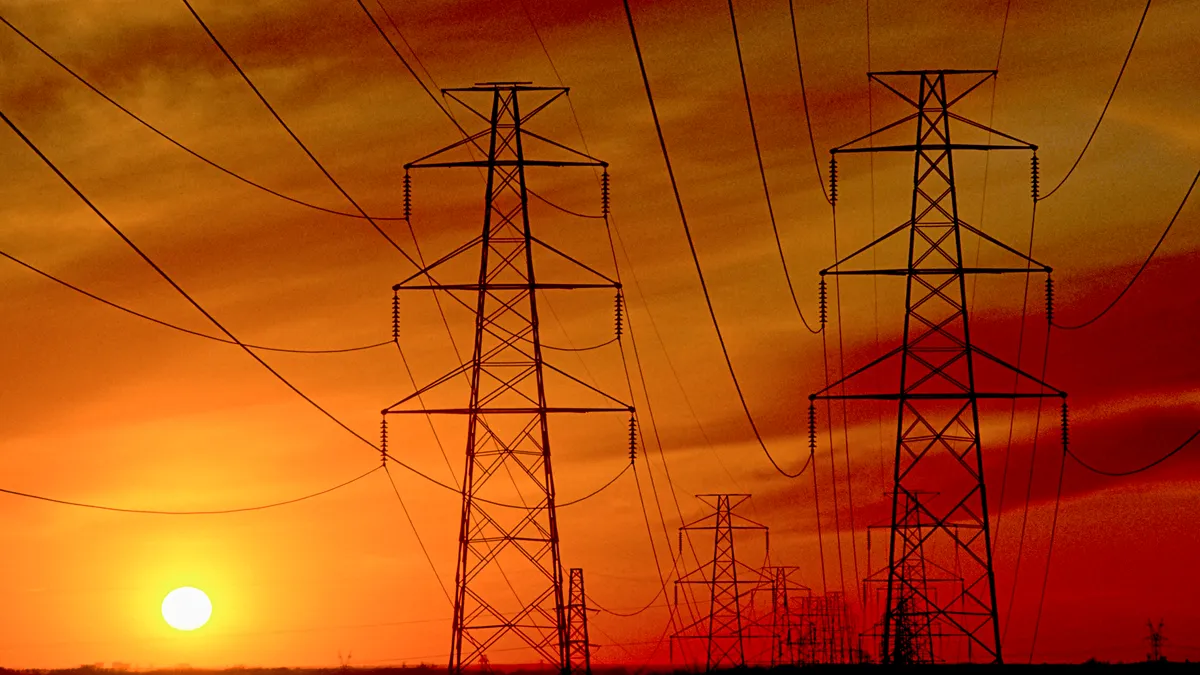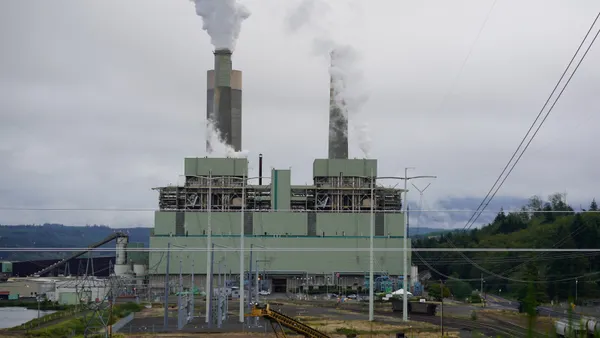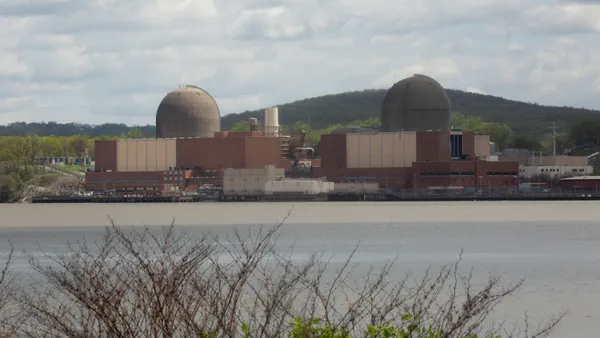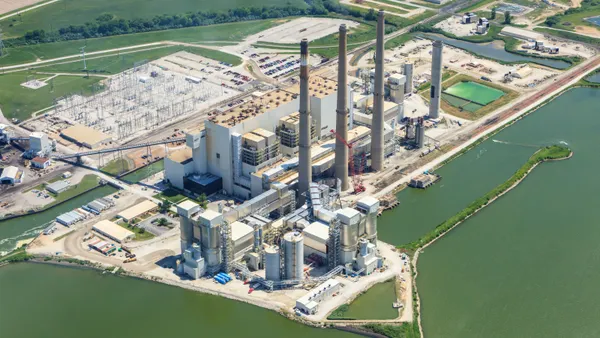Outage rates for conventional generation set a record in 2022 as gas and coal resources struggled to deliver during periods of extreme weather and high demand, the North American Electric Reliability Corp. said Thursday.
On the whole, the bulk power system remains reliable, according to NERC’s “2023 State of Reliability” report, but it said extreme weather poses the “greatest risk to reliability due to the increase in frequency, footprint, duration and severity.”
Conventional generation like gas, coal and hydro, “challenged by more frequent extreme weather,” was unavailable more frequently than at any time since NERC began gathering generator availability data in 2013, the grid operator said. And cyber security and physical attacks in the second half of the year “reinforce the need for further development and adaptation of reliability standards and guidelines.”
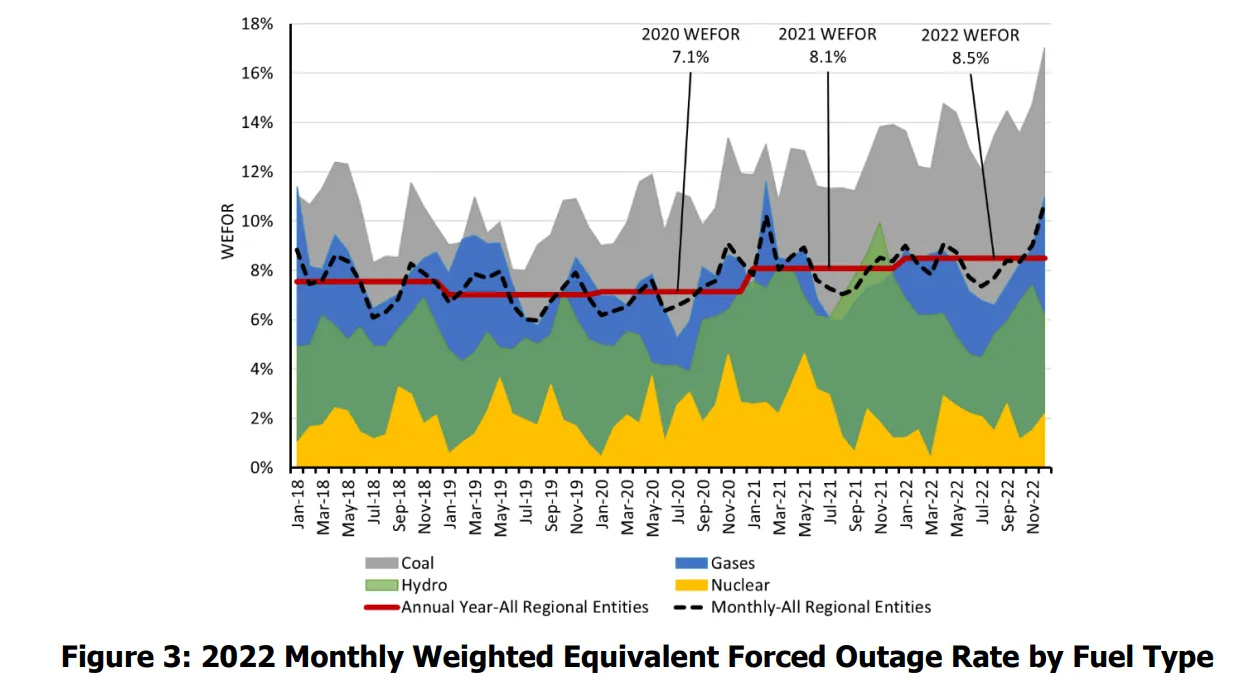
NERC uses a weighted equivalent forced outage rate metric to analyze generator unavailability. Conventional generation last year reached its highest monthly rate of unavailability, at 8.5%. In 2021 the forced outage rate for conventional generators was 8.1% and in 2020 it was 7.1%, NERC said.
“Coal, gas and hydro had quite a high outage rate in November and December,” NERC Performance Analysis Manager Donna Pratt said in a call with reporters to discuss the report.
The top causes of generation outages during extreme weather include failures of fuel, ignition and combustion systems, electrical issues, boiler tube leaks and others, according to the technical assessment accompanying NERC’s report.
“When we analyzed this by fuel type, we also observed increasing outage rates for coal over the five-year period, which correlates to higher numbers of startups and maintenance outages,” Pratt said. “And the unavailability of gas-fired generation recently has been consistently higher during the winter months.”
Those are “two primary factors” behind conventional generation surpassing transmission as the largest contributor to major load loss events, Pratt said. Transmission system reliability has now improved for five consecutive years, according to the report.
“There are no apparent trends in the unavailability of the other forms of generation,” NERC noted in its report. But the variability of inverter-based resources “also places increased operational demands on the now smaller fleet of conventional generation,” it said.
That’s not to say wind and solar are perfect. NERC has tracked a series of disruptions to inverter-based resources that trip offline or reduce output in response to grid disturbances.
“To continue benefiting from the rapid expansion of inverter-based resources, their dynamic performance during system events must improve,” the report notes.



